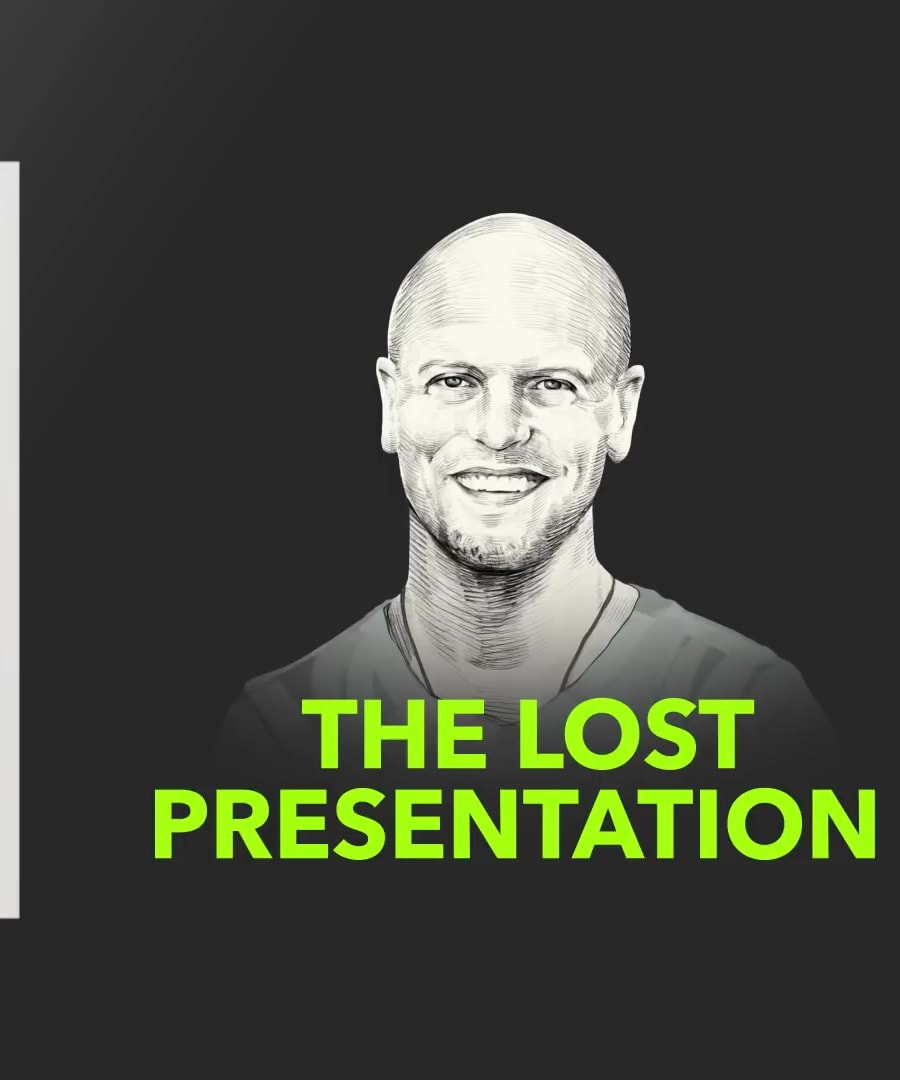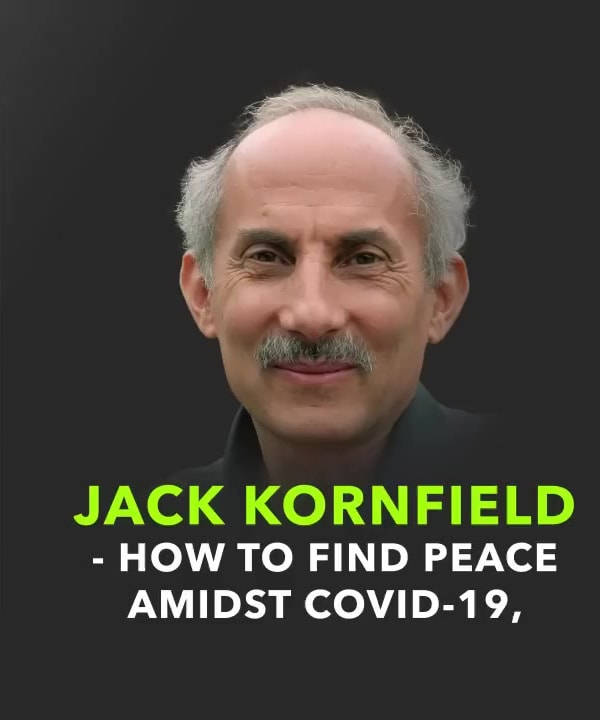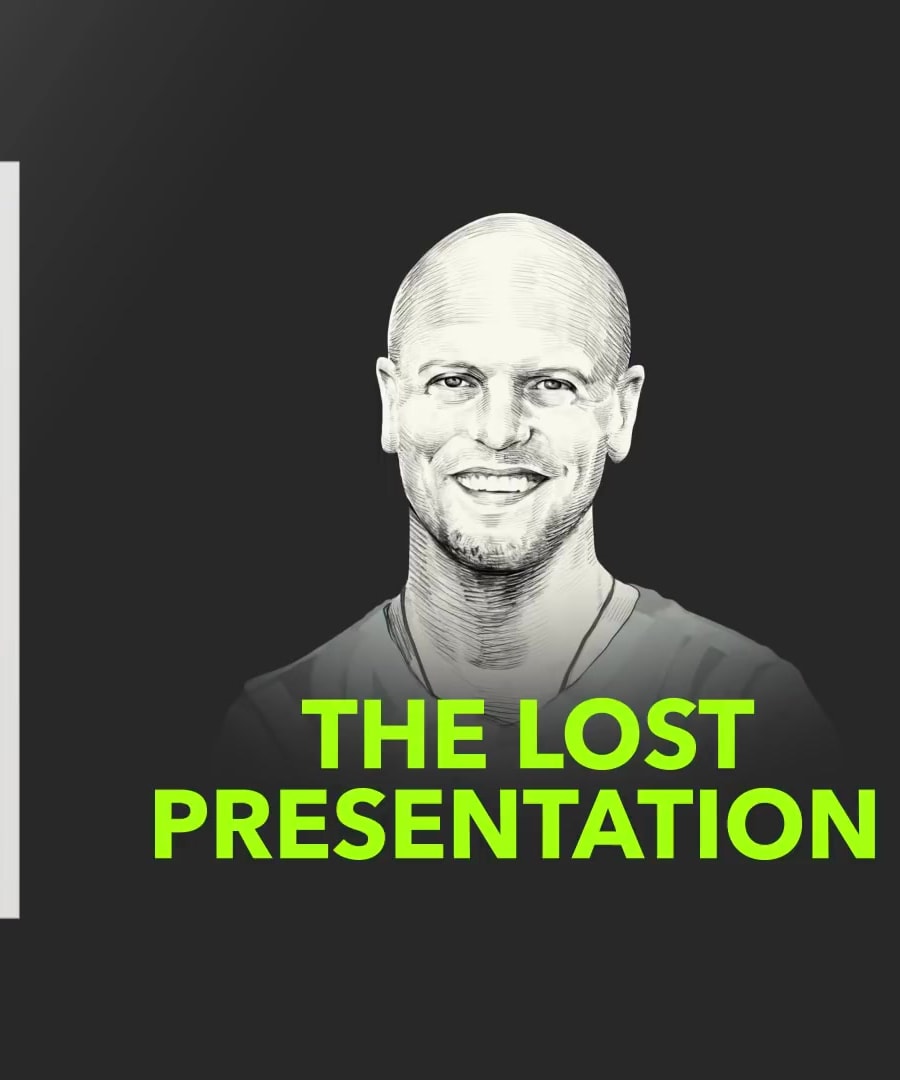How can we find true freedom?
Sources:
Tim Ferriss offers several insights on the path to finding true freedom:
-
Creating Mobility: One of the first steps toward liberation is creating physical mobility. Tim highlights the importance of controlling your environment and work hours, whether as an entrepreneur or an employee. For entrepreneurs, letting go of micromanagement is key, while employees must take control to work remotely, even if it begins with small steps. This physical mobility can lead to greater personal freedom and life satisfaction 1.
-
Meditative Practice: Jack Kornfield discusses how meditation can reveal four dimensions of freedom. These dimensions involve tolerating and fully experiencing the wide range of human emotions and experiences. Being present with both joys and sorrows helps cultivate inner peace and acceptance, leading to a deeper sense of freedom 2.
-
Embracing Change: Changing one's work routine and making the most of freed-up time is crucial. Tim suggests starting with minor changes, like working from home one day a week, then gradually increasing remote work. With more free time, one must find meaningful ways to spend it, as idleness can quickly become unfulfilling 3.
-
Mature Love: Esther Perel emphasizes that true love doesn't require youth or ignorance. Allowing relationships to unfold naturally without a rigid checklist can lead to genuine connection and mutual growth. This approach values the surprise and that true freedom in relationships comes from embracing the unknown and shared experiences 4.
-
Higher Purpose: Finally, a reflection on the Stoic philosophy portrays that true freedom involves pursuing a higher purpose beyond material possessions and superficial rewards. It requires embracing worthwhile challenges and looking beyond immediate gratifications 5.
These concepts collectively suggest that true freedom is a blend of physical mobility, inner peace, meaningful relationships, and a higher purpose.
RELATED QUESTIONS-




